
How to get URL link on X (Twitter) App

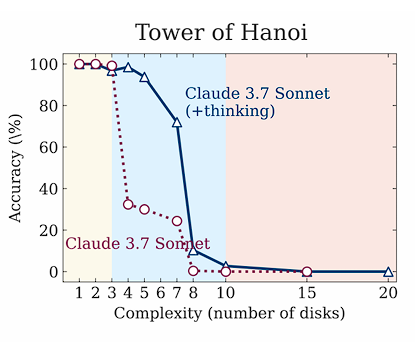

 Decomposing helps the model to focus more on reasoning as it keeps the problem size smaller but it will basically get lost in the algorithm and repeat steps.
Decomposing helps the model to focus more on reasoning as it keeps the problem size smaller but it will basically get lost in the algorithm and repeat steps.



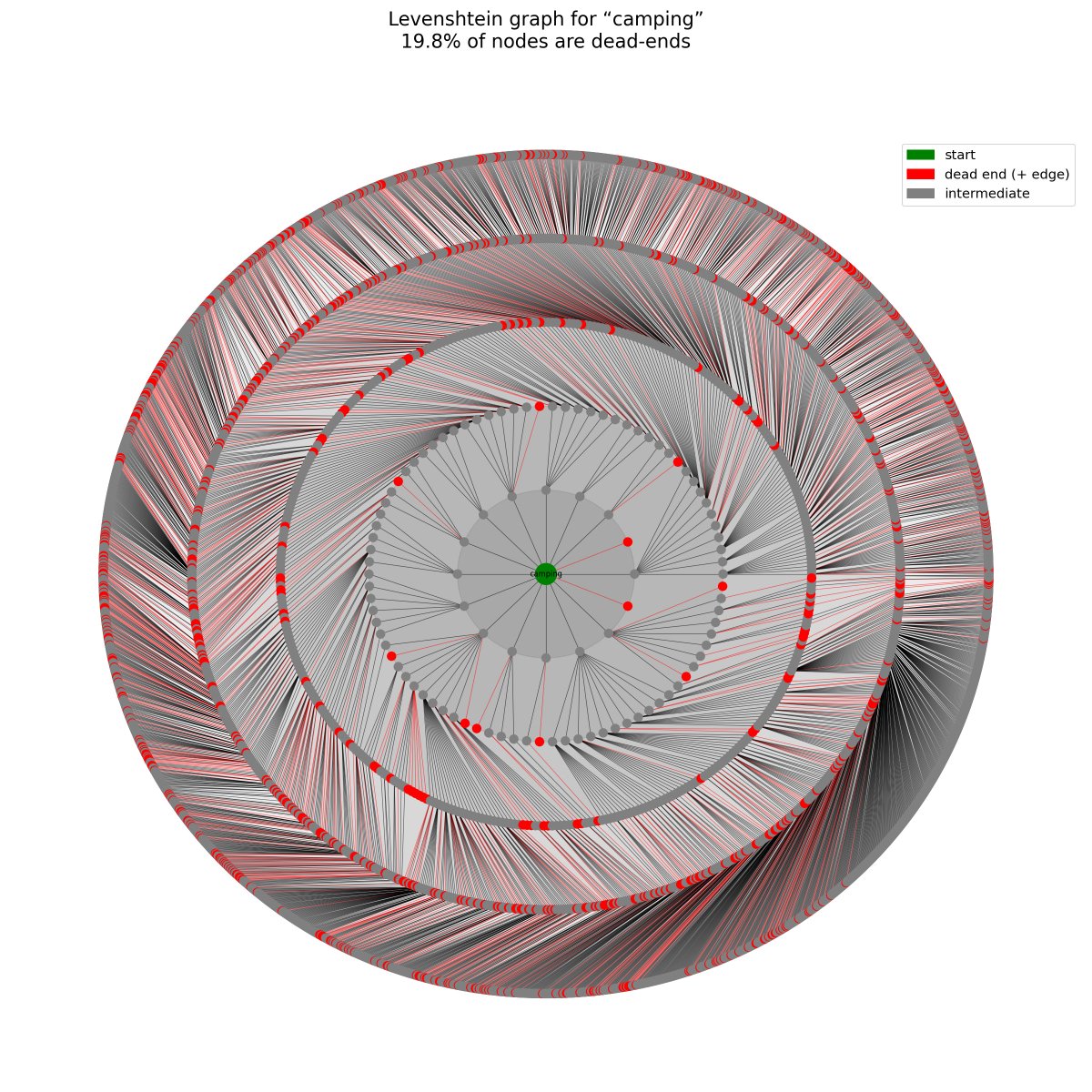

 Full Leaderboard:
Full Leaderboard: 
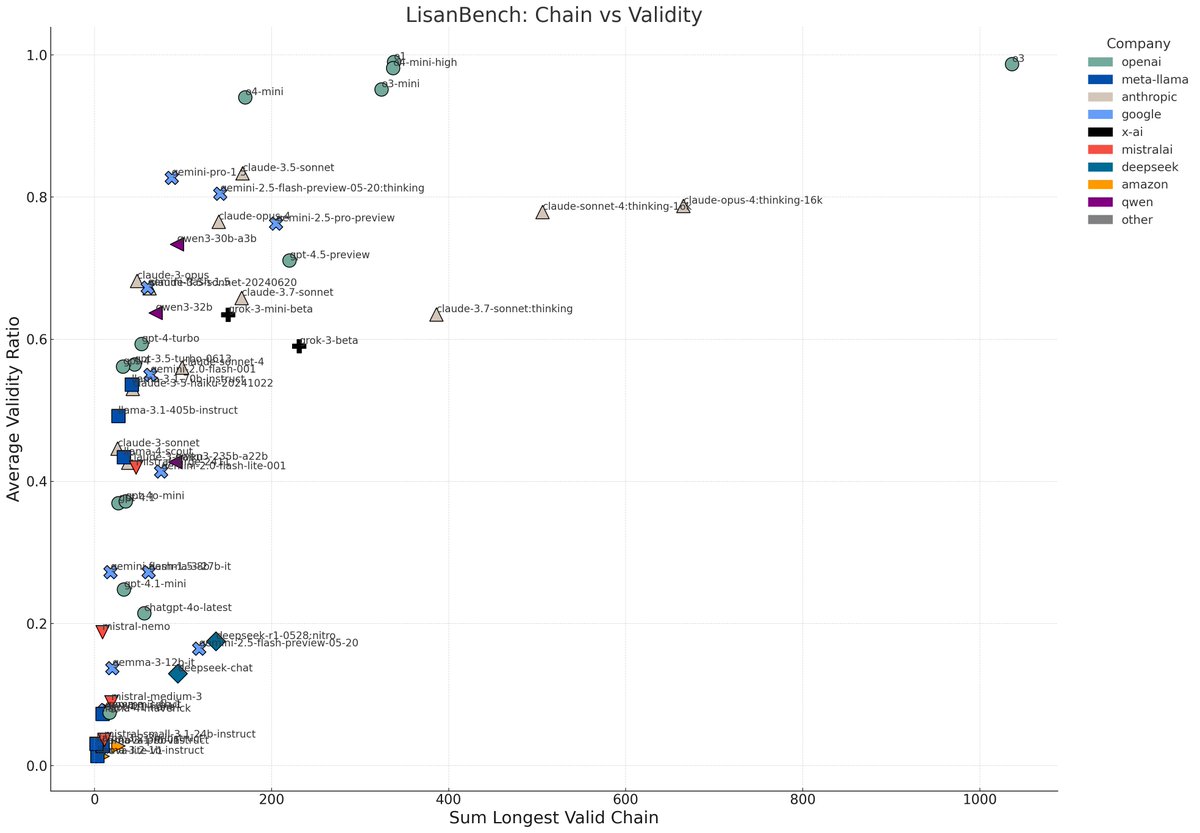
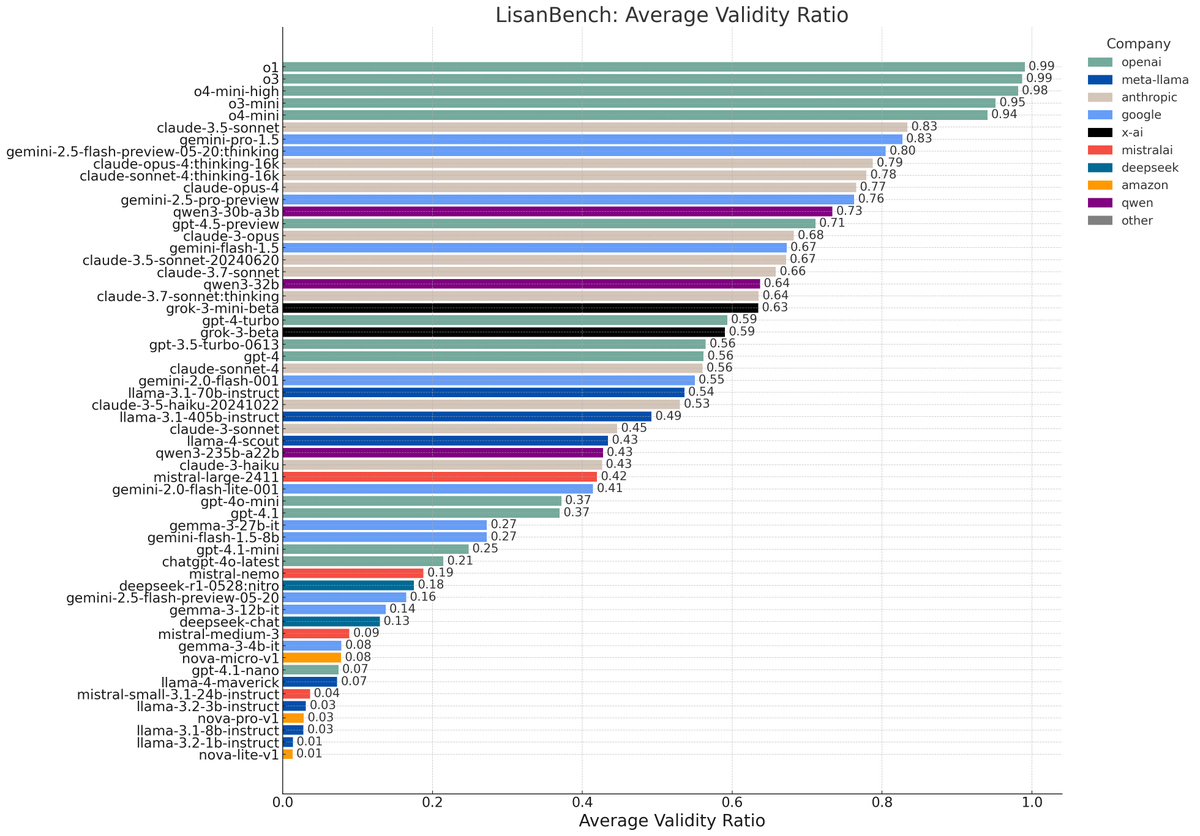
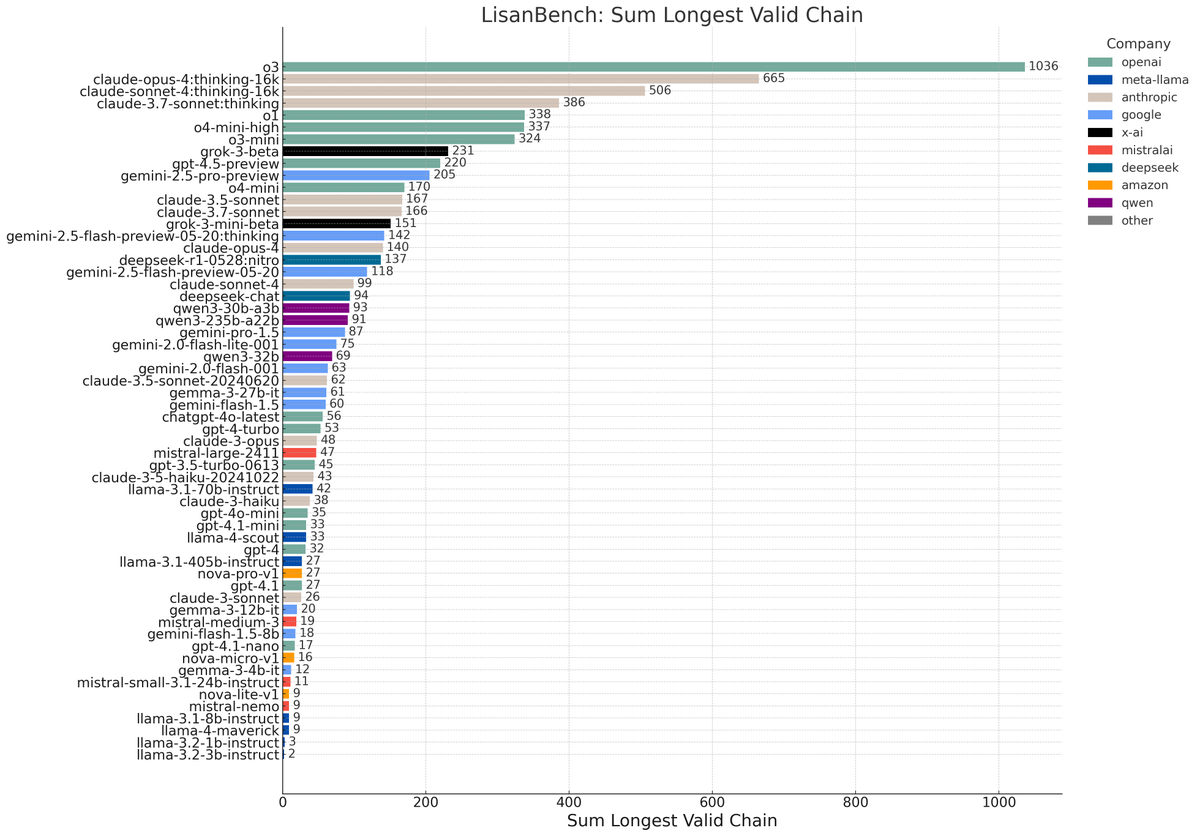
https://x.com/scaling01/status/1866268414517387299
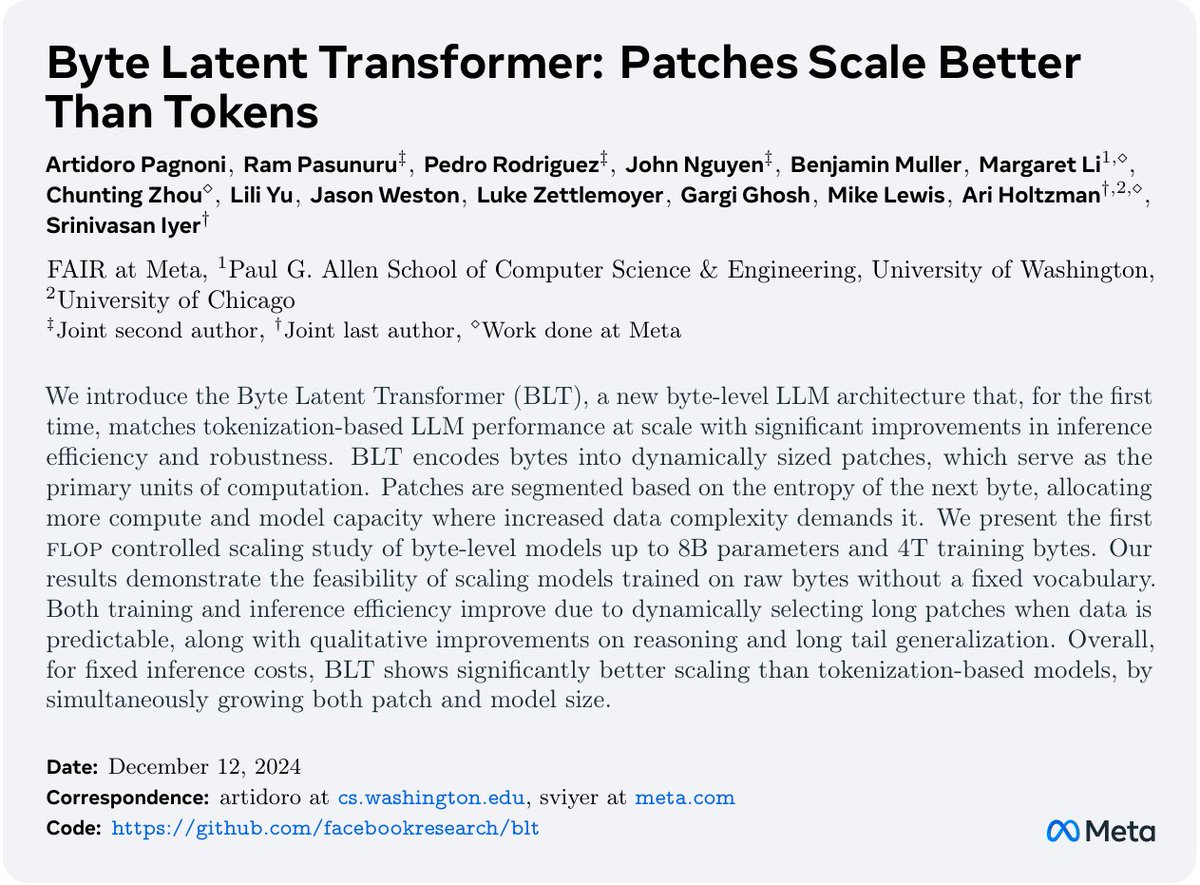



 Paper Link: ai.meta.com/research/publi…
Paper Link: ai.meta.com/research/publi…